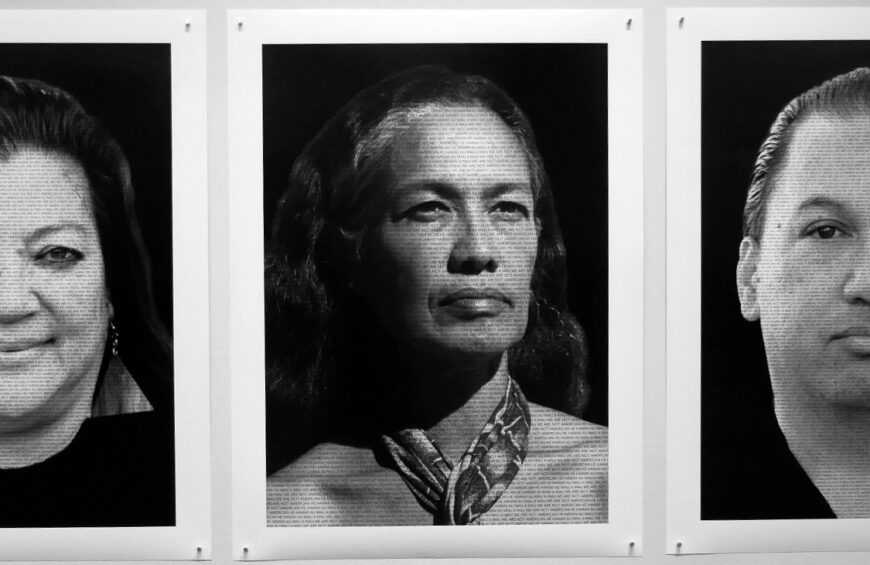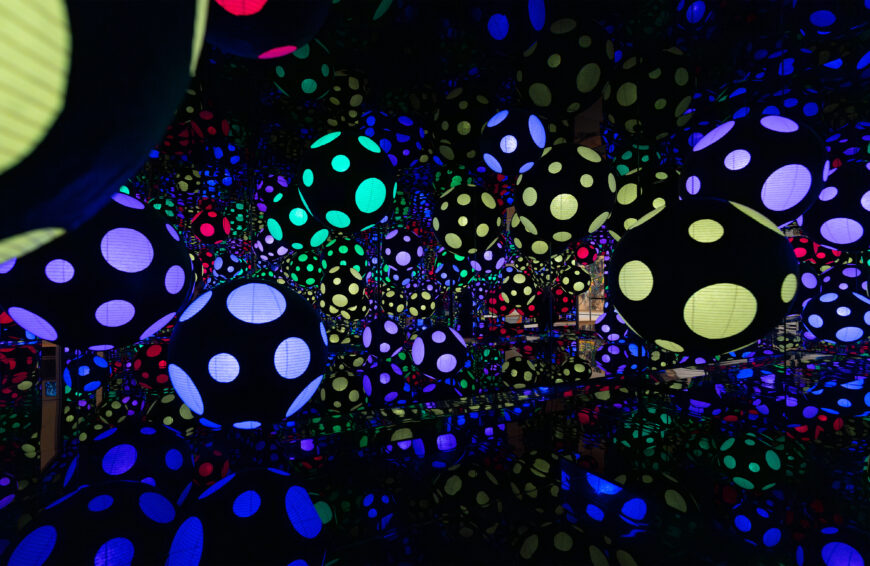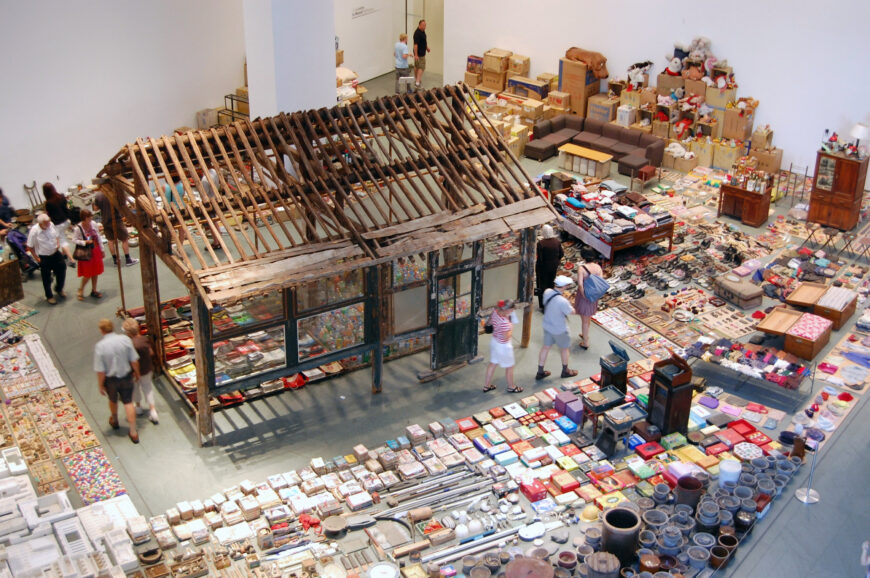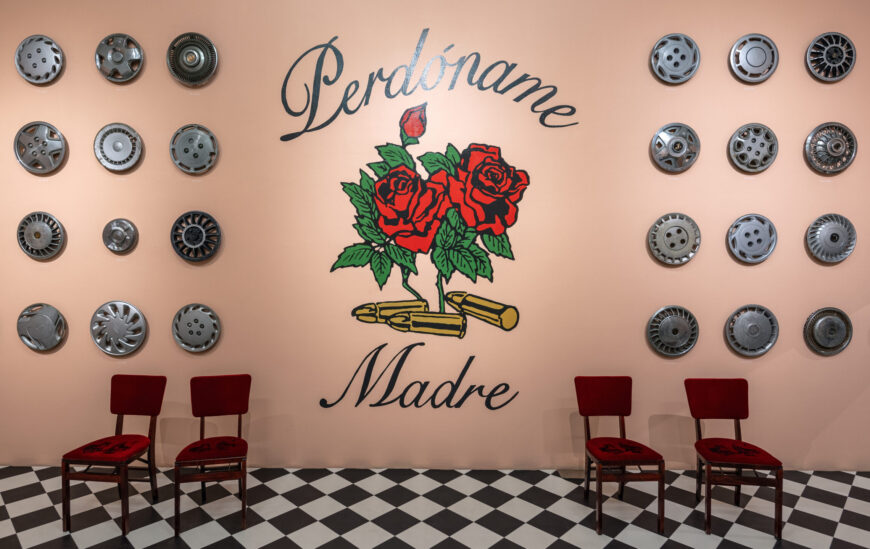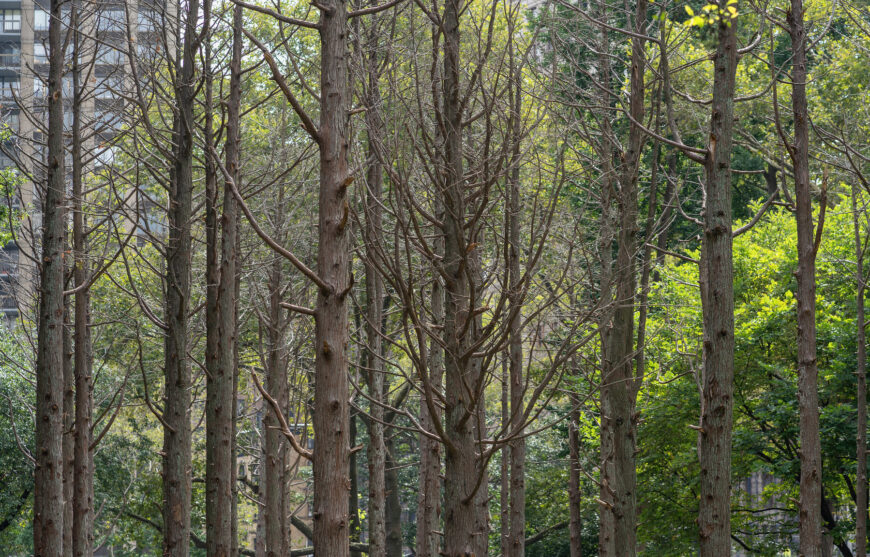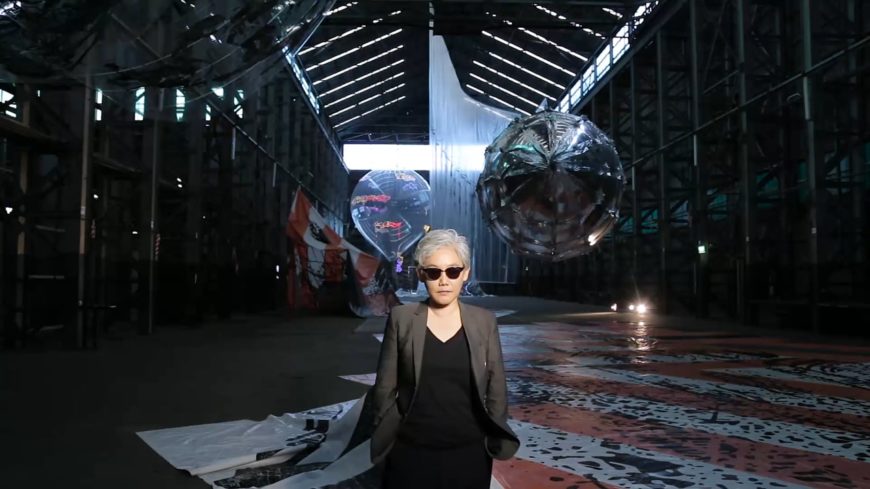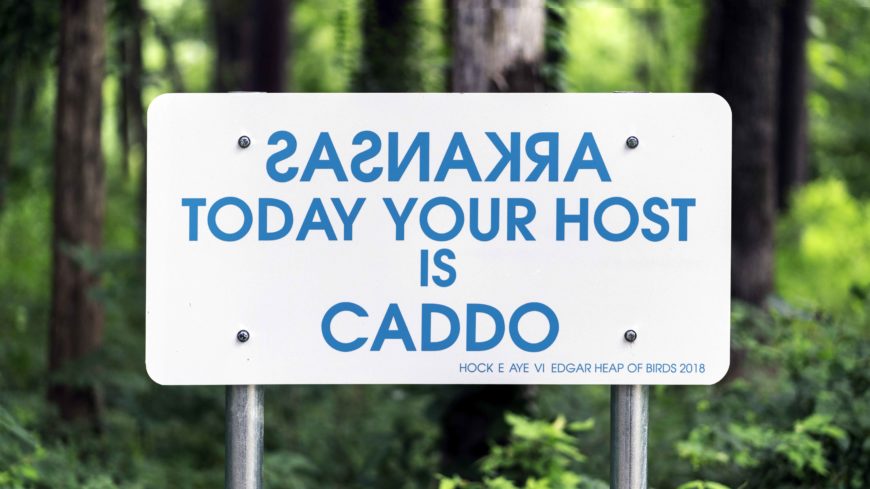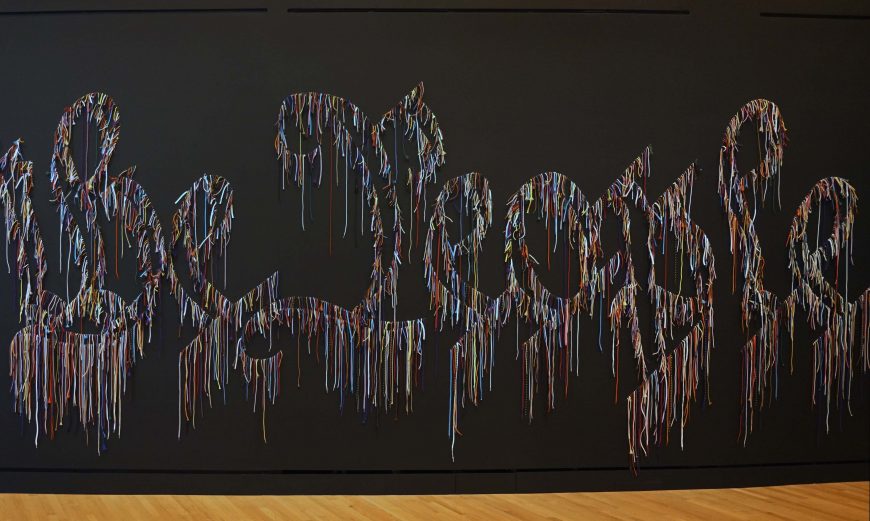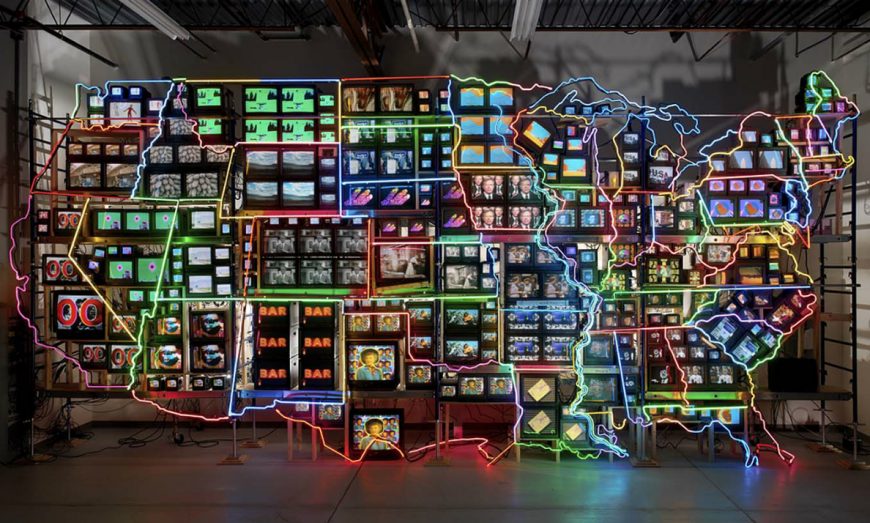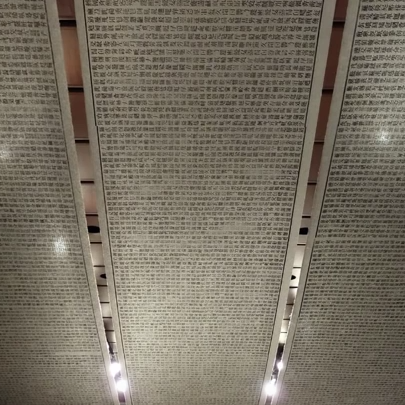For Gonzalez-Torres, the pile of candy that makes up “Untitled” (L.A.) is embedded with deeply personal and political meanings.
Felix Gonzalez-Torres, “Untitled” (L.A.), 1991, green candies in clear wrappers, endless supply, overall dimensions vary with installation; original dimensions: 50 lbs of candy spread 192 x 14 x 1.5 inches (owned by Art Bridges and Crystal Bridges Museum of American Art) © Felix Gonzalez-Torres Foundation. Speakers: Wendy Earle, Curator, Akron Art Museum, and Steven Zucker



